- Your cart is empty
- Continue Shopping

Product
Introduction: Fuvestrol, featuring Fulvestrant as its active component, represents a significant advancement in the realm of targeted breast cancer therapy. This detailed overview explores the history, mechanism of action, therapeutic applications, administration, potential side effects, and ongoing research associated with Fuvestrol.
I. History: Fulvestrant, the key ingredient in Fuvestrol, emerged as a therapeutic breakthrough in breast cancer treatment. Its development and subsequent approvals have marked pivotal moments in the ongoing efforts to enhance options for individuals with hormone receptor-positive breast cancer.
II. Mechanism of Action: Fulvestrant operates as a selective estrogen receptor degrader (SERD). Unlike traditional antiestrogens, Fulvestrant binds to the estrogen receptor and accelerates its degradation, leading to a more profound and sustained suppression of estrogen signaling. This unique mechanism distinguishes it as a valuable tool in managing hormone receptor-positive breast cancer.
III. Therapeutic Applications: Fuvestrol, leveraging Fulvestrant, is primarily employed in the treatment of:
- Hormone Receptor-Positive Breast Cancer: Used in postmenopausal women with advanced breast cancer whose tumors express hormone receptors, Fulvestrant inhibits estrogen-driven growth.
- Advanced or Metastatic Breast Cancer: Administered for advanced or metastatic breast cancer when other hormonal therapies may not be as effective.
IV. Administration and Dosage: Fuvestrol, typically delivered as Fulvestrant, is administered via intramuscular injection. The dosage and frequency are determined by the treating oncologist based on factors such as disease progression, previous treatments, and the patient’s overall health. The deep intramuscular injection ensures optimal drug absorption.
V. Potential Side Effects: While generally well-tolerated, Fuvestrol (Fulvestrant) may cause side effects, including:
- Injection Site Reactions: Mild to moderate pain, swelling, or redness at the injection site is common.
- Nausea and Fatigue: Some individuals may experience mild nausea or fatigue.
- Musculoskeletal Pain: Musculoskeletal pain, joint pain, or headaches may occur.
VI. Considerations and Monitoring:
- Regular Follow-ups: Regular medical check-ups are crucial to monitor treatment response and manage potential side effects.
- Bone Health: Adequate calcium and vitamin D intake, along with bone health monitoring, are recommended due to the impact of estrogen depletion on bone density.
VII. Ongoing Research and Future Directions: Ongoing research focuses on optimizing Fulvestrant’s use, including:
- Combination Therapies: Exploring synergies with other targeted agents or chemotherapy to enhance efficacy.
- Early-Stage Breast Cancer: Investigating the role of Fulvestrant in the early stages of breast cancer treatment.
VIII. Conclusion: Fuvestrol, with Fulvestrant at its core, stands as a beacon of hope for individuals confronting hormone receptor-positive breast cancer. Its unique mechanism of action and targeted approach exemplify the ongoing commitment to advancing precision medicine in the field of oncology. As research unfolds, Fuvestrol continues to pave the way for improved outcomes, offering a glimpse into a future where breast cancer treatment is increasingly personalized and effective.


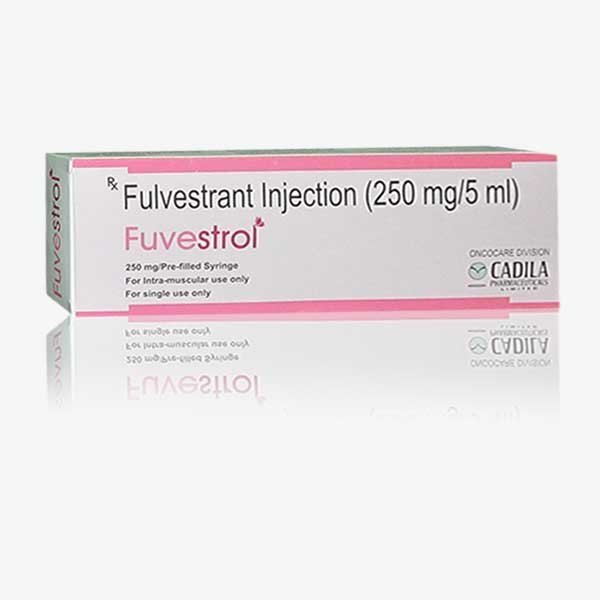
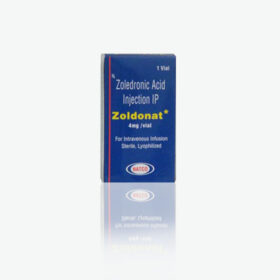
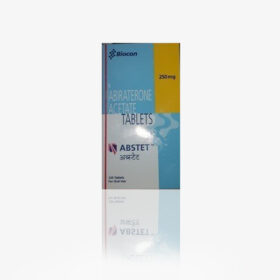


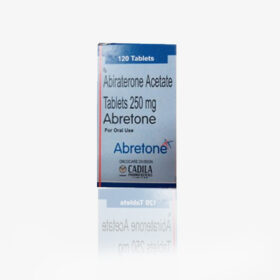

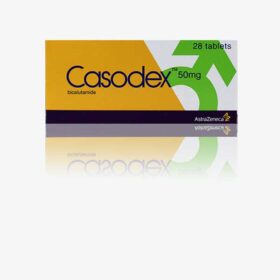
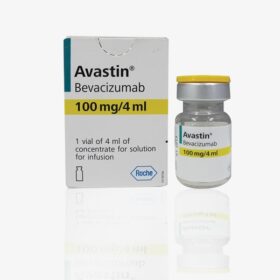



Reviews
There are no reviews yet.